One of the behavioral challenges that electric vehicles present to consumers is that buying an EV requires them to consider entirely new factors and questions.
Say you are in your 40s and you’ve been driving and buying cars since your teens. According to various research on what factors consumers consider when buying a car, things that are important to you include safety, fuel efficiency, quality, design, price, etc. These factors differ slightly from survey to survey and change over time based on gas/diesel prices and trends such as the shift to SUVs, but the mix of factors tend to be the same.
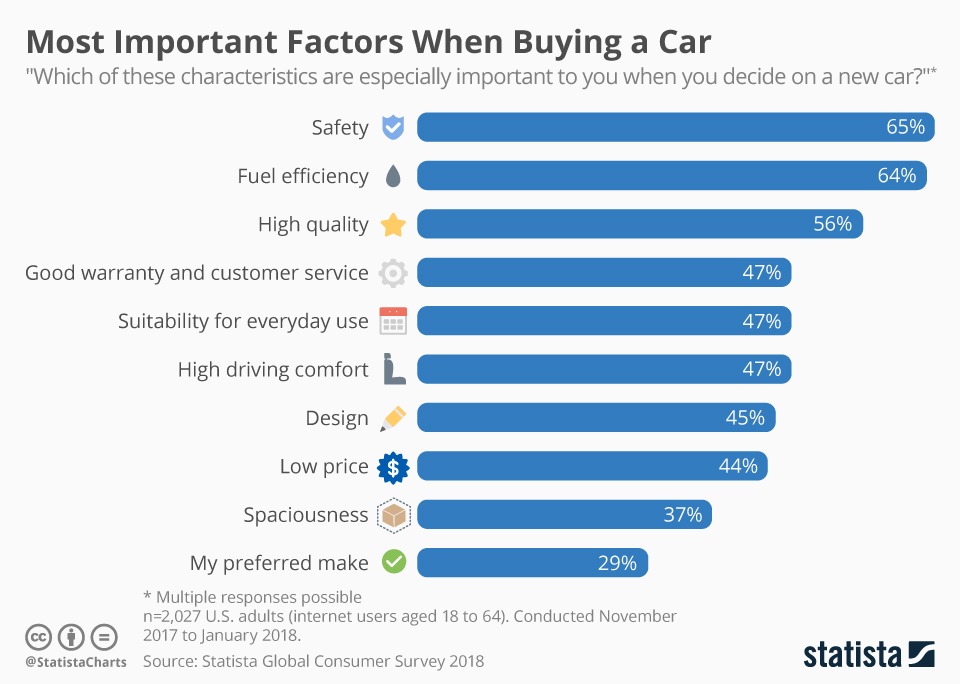
Notice three factors that are missing from the above list?
- Driving range
- Refueling (charging) time
- Refueling (charger) convenience/access.
That’s right. Buying an EV forces consumers to consider at least three new factors/questions in their car buying decision. Factors that they’ve probably never had to consider before.
Driving Range
With 412 miles being the median range of vehicles available in the US (as of May 2016), most consumers probably give range of an ICE vehicle a second thought. Certainly the driving range on a tank of gas/diesel has been a small factor for some consumers and a significant concern for a very small minority of buyers who frequently travel very long distances.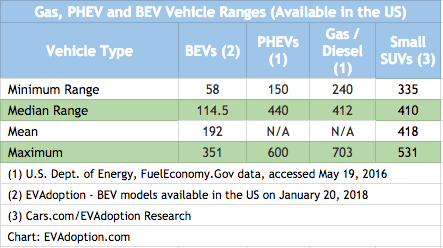
But for most consumers vehicle range is way down the list of key purchase-decision factors. The bigger factor is fuel efficiency and miles per gallon a vehicle gets which determines an ICE vehicle’s range based on the size of the fuel tank. This also drives the frequency of trips to a gas station and monthly vehicle fuel costs. How important a factor this is varies based on income/budget, amount one travels and the current cost of gas/diesel.
But with electric vehicles, whether PHEV or BEV, battery range is a key purchase consideration. Questions a buyer might ask themselves include:
- How many long trips (e.g., 200+ miles one way) do I take a year?
- How many mid-range (e.g., 100-200 miles one-way) trips do I take?
- Are there an adequate number of charging stations on the way and at my destination for the above typical trips I take?
- What about availability of DC fast charging stations along the route for “quick” charges during longer trips?
- I live in a very cold-winter area, how will continuous cold-weather affect battery range and which EVs are best for these conditions.
As a side note, the above questions are why Tesla’s strategy and investment in both Supercharger and Destination Charging stations has been integral to its sales.
In general, buyers of a Tesla in most markets have very little concern about where they will charge as they have a high-degree of comfort and confidence that a Tesla charger will be available wherever they travel.
“Refueling” (Charging) Time
Refueling an ICE vehicle at a gas/petrol station typically takes about 5-10 minutes. This can vary depending on the size of a vehicle’s fuel tank, if there is a wait for a pump to become available and if the driver or passengers use the station’s restroom and/or purchase food, beverages or other items in the convenience store that is typically associated with the fuel pumps.
The time it takes to refuel an ICE car is not something consumers give much thought to. It is a bit analogous to the time it takes us to brush our teeth. Most people likely don’t give brushing time much thought, have probably never timed it but assume it takes a +/- one minute. It is second nature. It is part of our routine. Putting fuel in your vehicle is similar. You know it doesn’t take very long, is necessary and unless you are traveling in an area you’ve never been before, you probably know where the gas/petrol stations are located. 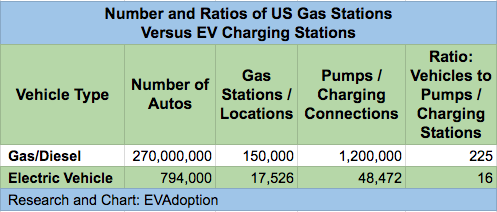
Ah, but when it comes to EVs, time to charge is a huge concern and factor. Buyers also must learn a variety of new terms and to try and understand different types of charger types (Level 1, Level 2, DC fast charging, etc.).
Refueling Convenience/Access
The last time you bought an internal combustion engine-powered car or truck, did you ask the salesperson about the number and location of gas stations where you could refuel your vehicle? Probably not as gas/petrol stations are both ubiquitous, but also the pump nozzles are standardized. The exception to this might be for new buyers of a diesel-fueled vehicle in markets like the US where few diesel models are available and not every gas station offers diesel.
So depending upon where you live, what type of housing you live in, your household composition and what types of trips you use your vehicle for, you might have to consider some of the following:
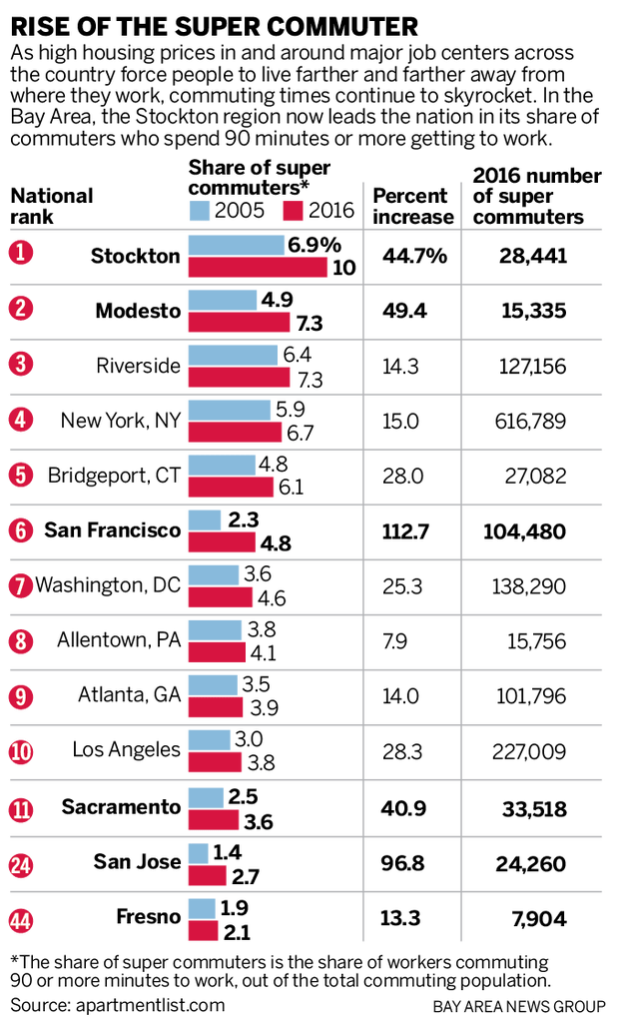 Commute Distance: If your one-way to commute to work is around 25 miles or less, all available BEVs would get you to and from work on a single charge. A few PHEVs such as the Chevrolet Volt (53 miles of range) and Honda Clarity PHEV (47 miles of range) might get you to and from work in battery-only mode. And about a dozen or so PHEVs available in the US have enough range to get you to work on battery power where you could recharge for the trip home. But if charging isn’t available, you can still make it home on gas power.
Commute Distance: If your one-way to commute to work is around 25 miles or less, all available BEVs would get you to and from work on a single charge. A few PHEVs such as the Chevrolet Volt (53 miles of range) and Honda Clarity PHEV (47 miles of range) might get you to and from work in battery-only mode. And about a dozen or so PHEVs available in the US have enough range to get you to work on battery power where you could recharge for the trip home. But if charging isn’t available, you can still make it home on gas power.
If you are a “super commuter” with one-way commutes of 40-50 or more miles, which is increasingly common in several California markets, Atlanta, Washington DC and New York, then your current EV options are more limited. I personally know people, for example, who have 40+ mile one-way commutes to their Silicon Valley office and drive a Fiat 500e. With a maximum range of 87 miles, the 500e’s limited range has provided some stressful moments on the way home for these drivers, who are forced to turn the A/C or heater off and drive at moderate speeds.
Housing Type: If you live in a home with a garage or carport and can install an EV charger or at least plug in to a 220/230 volt outlet like for a washer/dryer, then your normal daily charging needs are easily met. If you live in a major city and only have on-street parking or otherwise don’t have access to an electrical outlet, then locating workplace, retail and other charging station locations is a must before buying an EV. 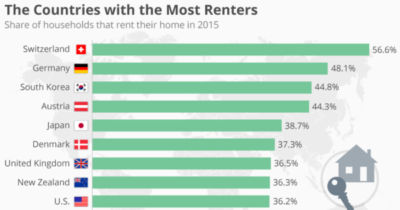
If you rent and live in an apartment, condo, flat, etc. and the housing complex has parking, it may or may not have available EV charging station. If not, your options are to try and convince the rental unit manager to install a charging station or provide access to an outlet – perhaps at your cost. If on-site charging is not available, then again, a buyer must research and determine where they will charge their EV for daily/regular driving needs.
Household Location: If you live in the suburbs where EVs are relatively popular, then there areprobably at least a few EV charging stations in retail, municipal and office parking lots. If you live in a large city, there may be charging stations at some on-street parking locations, retail, office and high-rise housing parking lots. If you live in a rural area, chances are EV charging stations are still few and far between – but access to home charging is probably an option in close to 100% of situations.
And if you live in a cold-weather region you will need to understand the impact of cold temperatures on driving range. Certain BEVs with shorter ranges may not your needs due to a significant reduction in battery range during very cold weather.
Typical Non Local/Non-Commute Destinations: How often do you travel to the beach, mountains, a ski resort, theme park, wine country or to visit friends or relatives? Many of these trips might range from 50 to 200 or so miles, which, depending on the range of your EV could require charging on the way to the destination, but in many or most cases, at least one charge to make it back home comfortably. A majority of currently available BEVs could make these trips without needed to stop and charge of perhaps 1 or 2 charges for BEVs with around 100 miles of range.
And most households make at least one if not a few long (200-500 miles) trips per year. These trips can be to see family members, for vacations at theme parks or beach resorts, go to a concert of your favorite musical artist or any number of other reasons. Depending on battery range of your EV, you might need to stop anywhere from 1-4 times to charge just to reach your destination. If you do a few of these long trips per year, then you may only consider a PHEV or a BEV with at least 250-300 miles or more of range to minimize the number of needed charging stops and dwell time.
How Should the Auto Industry Address These New Factors?
There is no “easy button” to address these new considerations for new EV buyers, but there are four key steps the auto industry needs to take:
Produce longer-range BEVs: Other than Tesla’s Models S, X and 3 and the Chevrolet Bolt there are no EVs currently available in the US with a range of greater than 200 miles. Several will arrive in the next 12 months, including the Jaguar I-PACE, Kia Niro, Hyundai Kona and Nissan LEAF long-range option. But it isn’t enough and most of the BEVs coming to market in the 2019-2020 are luxury and specialty vehicles out of reach of most consumers. The OEMs need to step up their game.
More Charging Infrastructure: Tesla and Electrify America are investing heavily in rolling out charging stations in major metro markets, urban centers and on major interstates. In Europe … There are two critical areas that need building out: multifamily or nearby urban charging centers and DC fast-chargers along major highways.
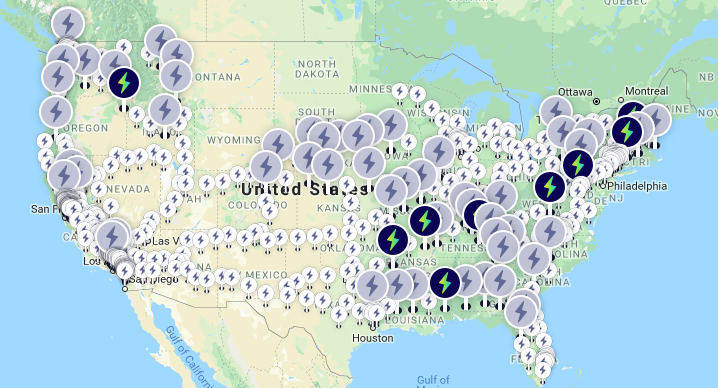
Consumer Awareness and Tools: Electrify America, Plug-In America, Chargeway and other organizations are conducting awareness programs and/or providing tools to help EV buyers navigate the purchase process or post-purchase driving experience. OEMs and dealers need to support and amplify these organizations content and tools to help consumers better navigate the EV purchase experience.
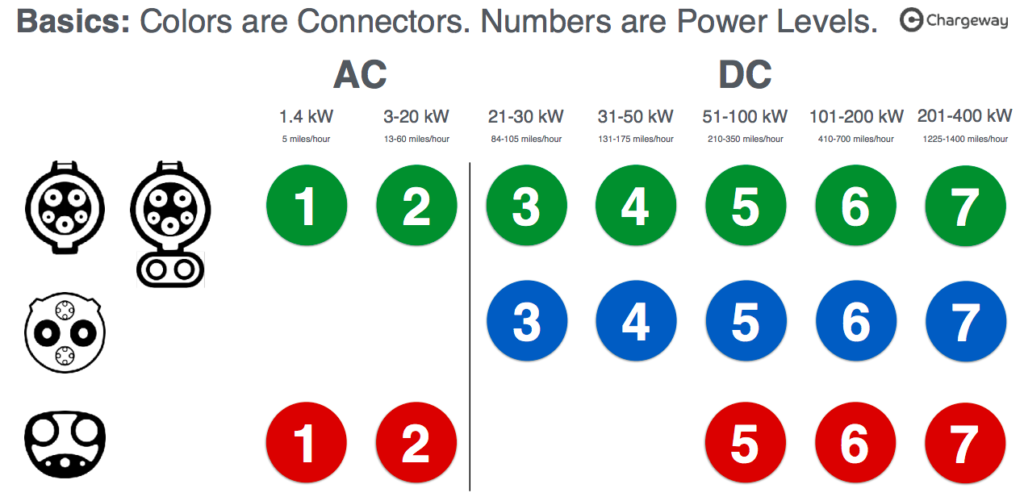
Dealer Training: Auto dealer sales staff need to be better trained and armed with tools and information to help a new EV buyer make the right purchase.
 Announcing the acquisition of EVAdoption by Paren →
Announcing the acquisition of EVAdoption by Paren →

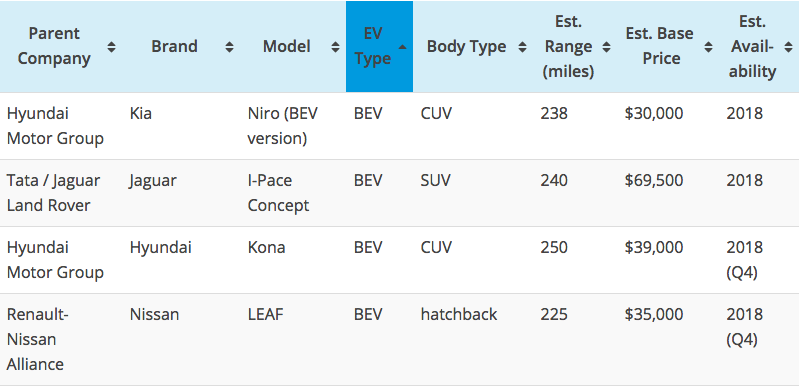
One Response